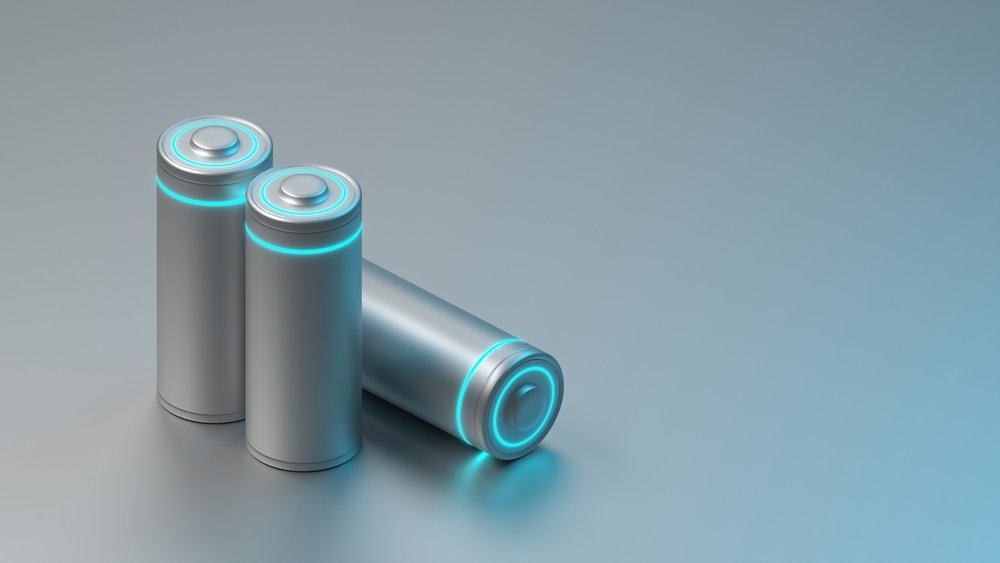Breakthrough in Advancing All-Solid-State Lithium-Sulfur Batteries

Researchers, led by Prof. Wu Jianfei from the Qingdao Institute of Bioenergy and Bioprocess Technology (QIBEBT) of the Chinese Academy of Sciences, have achieved a significant milestone in defect engineering and enhancing the performance of all-solid-state lithium-sulfur batteries (ASSLSBs).
They have devised a method involving porous-carbon nanotubes (P-CNTs) as a sulfur-bearing matrix to create composite cathodes for ASSLSBs, referred to as S@P-CNTs-based cathodes. In this setup, P-CNTs act as a mediator, establishing a stable triple phase among sulfur, P-CNTs, and the solid-state electrolyte (SSE) Li6PS5Cl. Their findings were published in ACS Applied Materials & Interfaces on August 18.
By introducing defects and increasing active sites on the surface of P-CNTs, sulfur could be evenly encapsulated both internally and externally on the activated P-CNTs. This optimization of ion and electron transport networks significantly enhanced the reactivity and stability of the sulfur cathode within the ASSLSB.
The research demonstrated that the migration of lithium ions at the interface between P-CNTs and the solid-state electrolyte was facilitated, leading to improved coulombic efficiency and cycle stability for the ASSLSB.
The S@P-CNTs-based ASSLSBs exhibited a remarkable capacity of 1,099.2 mA h g-1 at a current density of 1.34 mA cm-2 with a sulfur loading of 1.5 mg cm-2. Even after 1,400 cycles, they maintained 70.4% of their initial capacity.
Moreover, the solid-state electrolyte developed by the team exhibited excellent charging and discharging performance, even in extreme conditions as low as -40 °C. Soft pack all-solid-state batteries (ASSBs) using this electrolyte maintained 82.7% of their capacity after cycling 3,000 times at 25 °C and 0.5 °C, effectively addressing the lifespan issue of sulfide-based ASSBs.
Prof. Wu remarked, "Our work provides a new strategy for the microstructural engineering of carbon materials and interfacial modification for high-performance ASSLSBs."
Check out more latest Mining Industry news!





